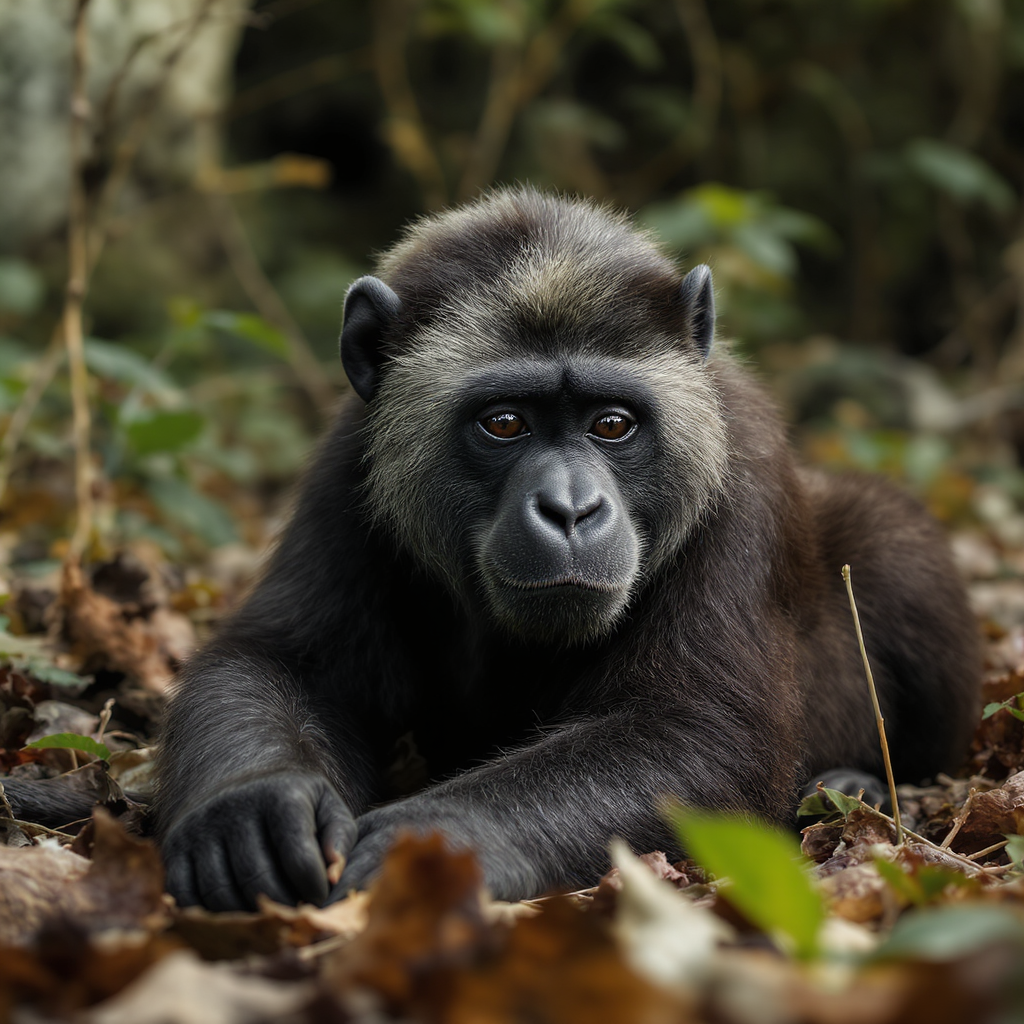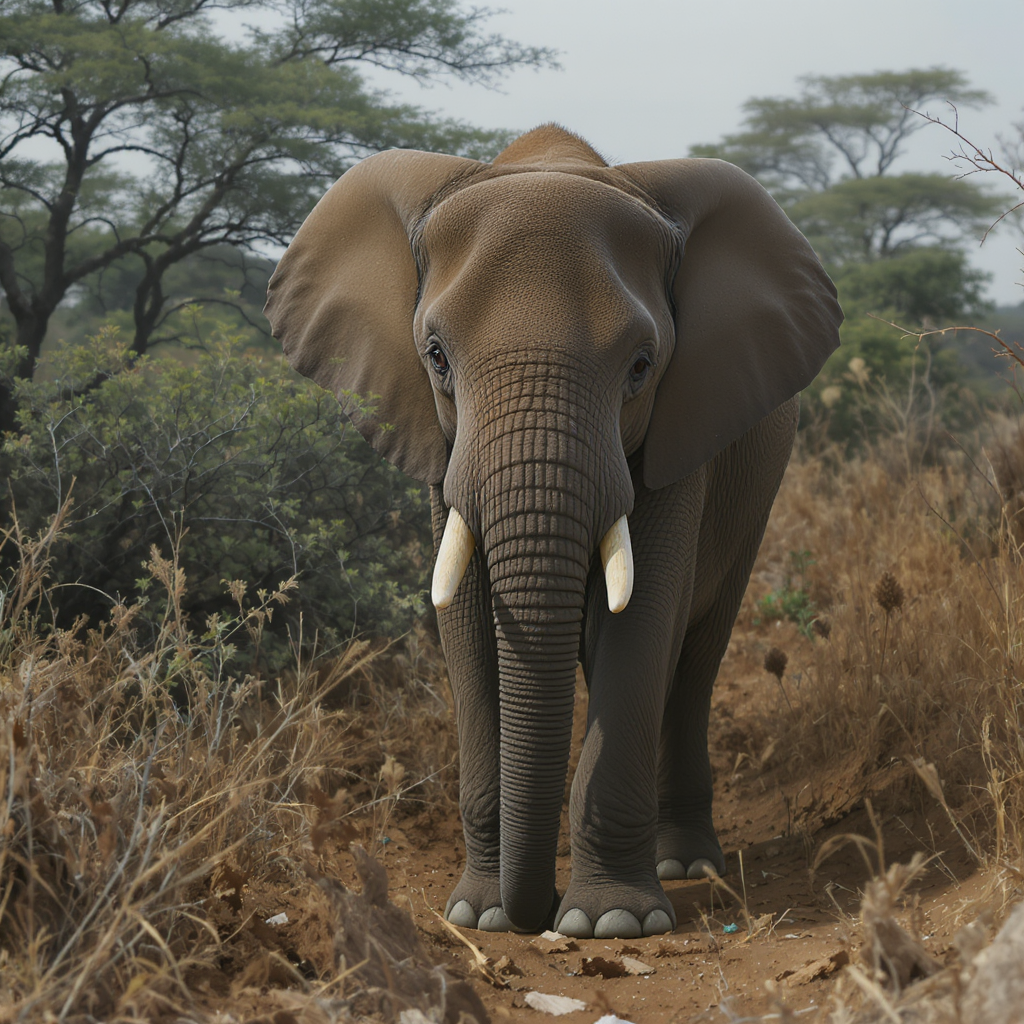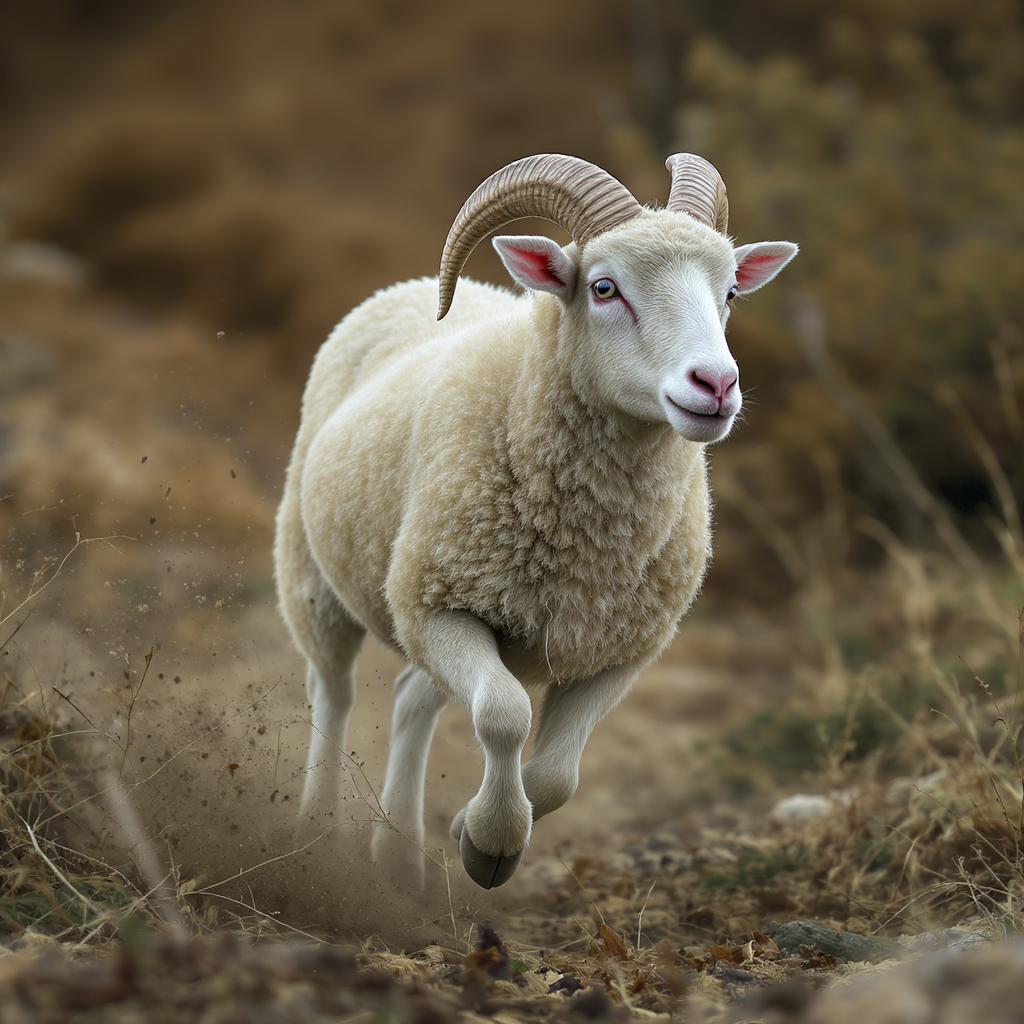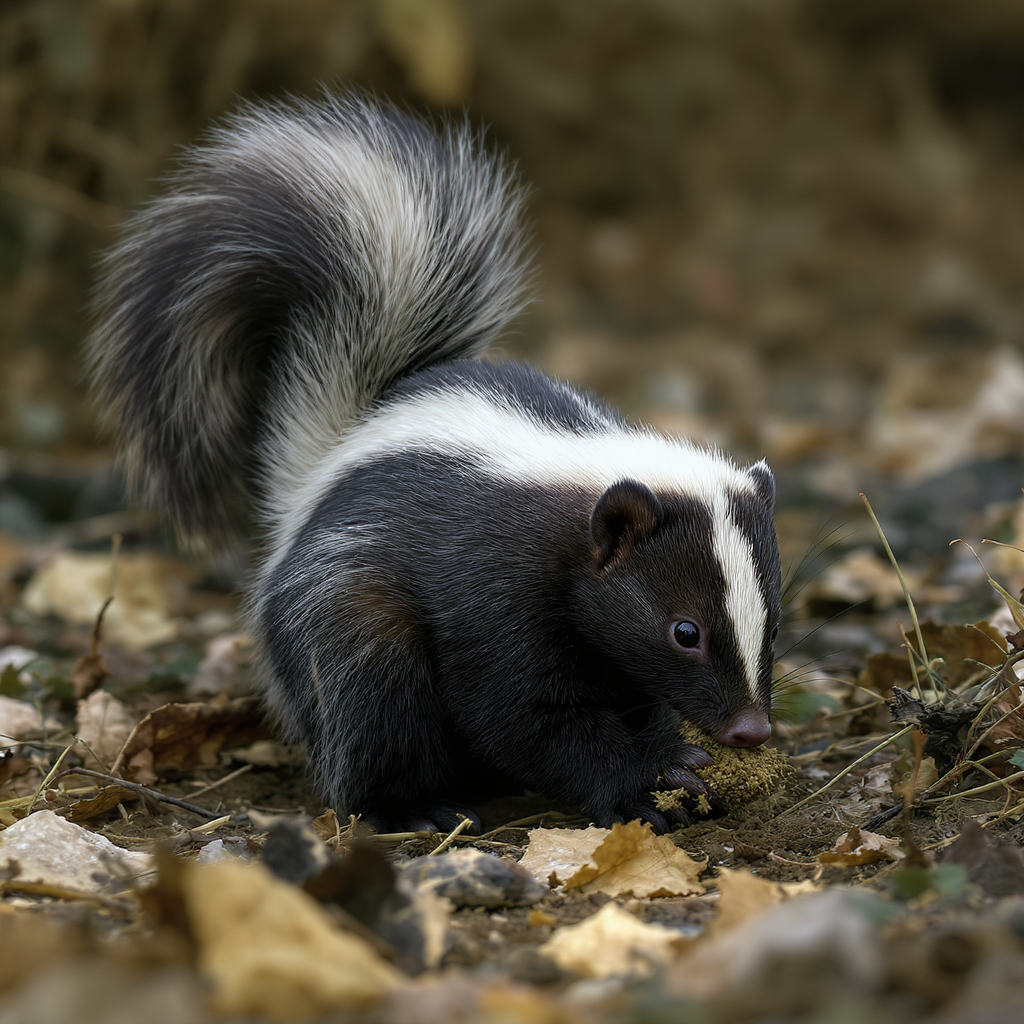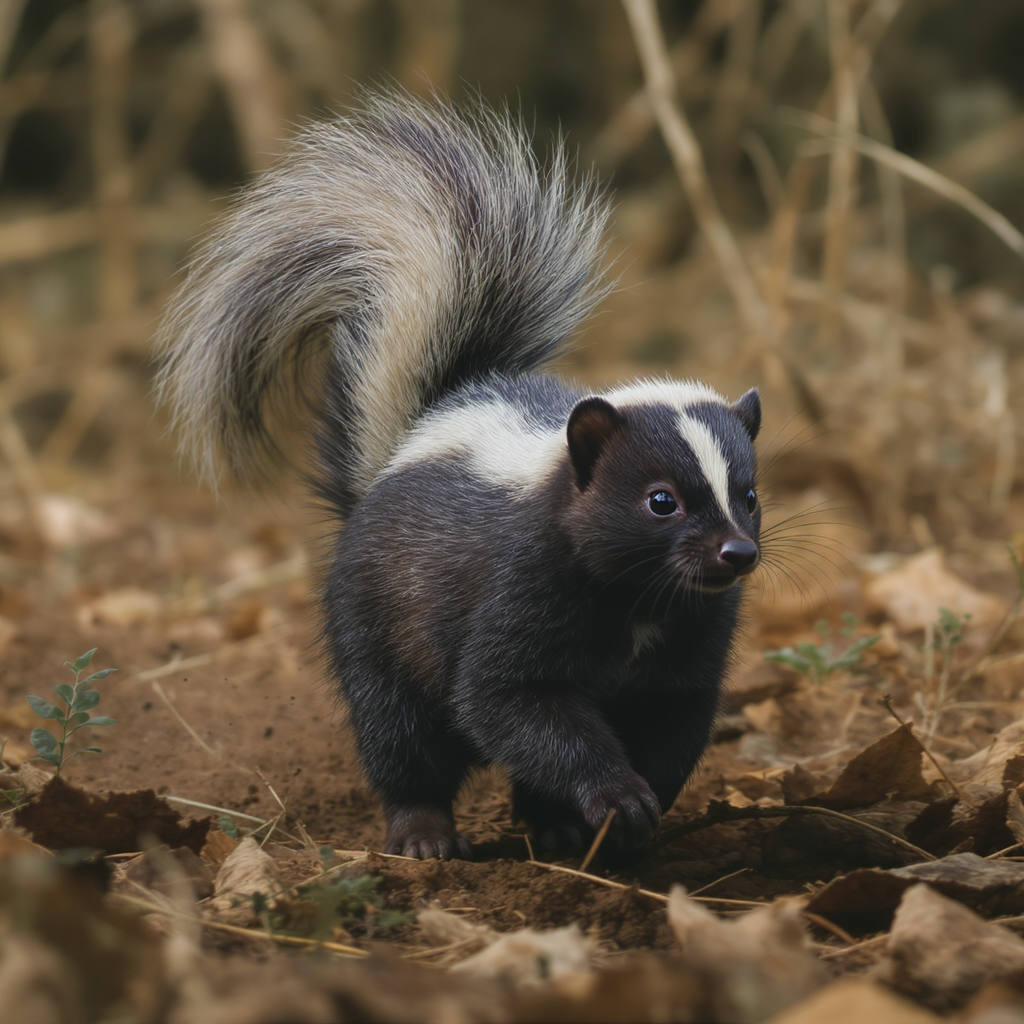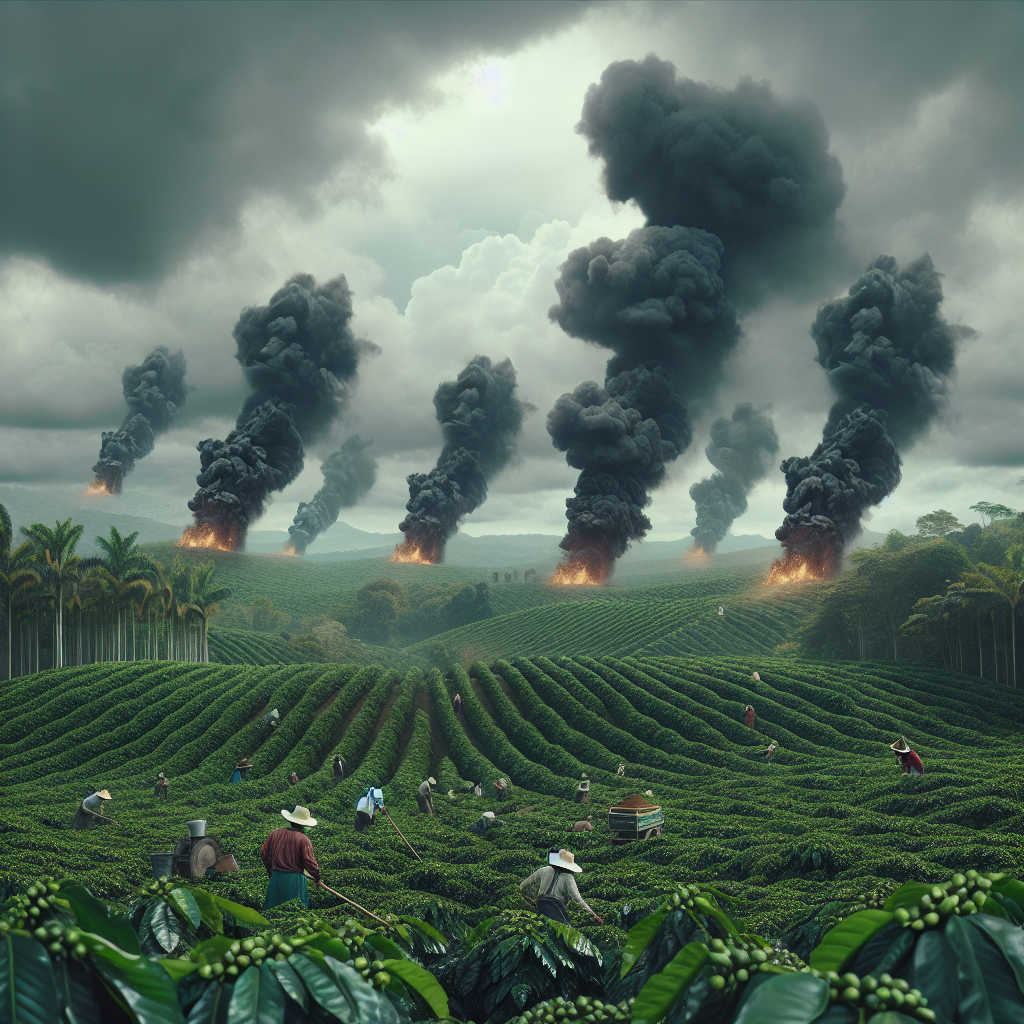
As Colombia is already passed the peak of its traditional fire season, which typically runs from January through March during the country's dry period, the threat continues. Coffee farmers across the nation brace for another potentially devastating year. While comprehensive data for 2025 fires is still being compiled, early indicators suggest that the extreme conditions that made 2024 such a catastrophic year for wildfires persist. Colombia's fire season coincides precisely with critical periods in coffee cultivation, making the timing particularly devastating for the 560,000 families who depend on coffee production for their livelihoods.
The memory of 2024's unprecedented destruction remains fresh in rural communities. Colombia's coffee-growing regions suffered through what became the worst wildfire crisis since systematic data collection began in 1998. In January 2024, the country faced an unprecedented wildfire crisis that destroyed over 17,000 hectares of forest and agricultural land, marking the worst fire season since systematic data collection began in 1998. More than 500 fires burned across Colombia since 2024 began, consuming at least 42,000 acres of forest and grasslands, with coffee plantations in towns like Tambo in Cauca destroyed according to video footage. For Colombia's 560,000 coffee-growing families, these fires represent more than environmental destruction—they threaten the very foundation of rural livelihoods in a nation where coffee provides one million direct jobs and two million indirect ones.
The timing and intensity of the 2024 fires were unprecedented. Over 340 forest fires were recorded in January 2024, affecting 174 municipalities across the country, while by 31 January, over 970 of Colombia's 1,101 municipalities were under alert from the imminent risk of wildfires. The scale of destruction forced President Gustavo Petro to declare a national emergency and request international assistance, with smoke from fires burning just 900 metres from Bogotá's residential areas demonstrating how close the crisis came to major population centers.
The causes of these devastating fires reveal a complex web of climate change, economic pressures, and land-use conflicts that have created perfect conditions for disaster. Colombia has been experiencing intense drought since January with El Niño disturbances producing high temperatures, with 977 municipalities on red alert for potential forest fires. Climate scientists confirm that this year marks the first time January's fire total has exceeded 500 fires since systematic wildfire data collection began in 1998, driven by record-breaking temperatures that made January 2024 the hottest in 30 years.
However, climate conditions alone do not explain the full scope of the crisis. Investigations reveal that nearly all of this year's fires were initially caused by humans, though climate-driven heat and drought made them worse than usual, with police arresting 26 people for "fire-related offenses". The human element points to deeper systemic issues affecting Colombia's agricultural landscape, particularly in regions where coffee farming intersects with other land uses.
The connection between wildfires and cattle ranching reveals one of the most troubling aspects of the crisis. Research from Oxford University demonstrates that forest clearance caused by unsustainable cattle ranching, land-grabbing and untitled land are precipitating the growing incidence of Colombian wildfires. Since the 2016 peace agreement, studies show that wildfires in the Tinigua-Picachos-Macarena protected areas have increased six-fold, coinciding with expanded cattle operations in formerly conflict-affected regions.
The economic dynamics driving land conversion create direct threats to coffee farmers. Globally, the conversion of forests to cattle pasture resulted in an estimated 45.1 million hectares of deforestation between 2001 and 2015, with Colombia accounting for 5 percent of this destruction. Within Colombia specifically, more than 3 million hectares of Amazonian Rainforest were cut down to make way for illicit activities between 1985 and 2019, with the vast majority of deforestation attributed to stable cattle ranching lands. This expansion directly competes with coffee cultivation for land and water resources while increasing fire risks in agricultural areas.
The agricultural pressure intensified following Colombia's peace process. The peace agreement brought a move from coca cultivation to legal agriculture and many farmers freely switched over, but the lack of support for sustainable economic alternatives drove many back towards cattle ranching. Transportation infrastructure challenges compound the problem, as when roads become impassable during the rainy season, cattle ranching becomes more attractive due to the simple fact you can walk your produce to market compared to perishable coffee or other crops requiring rapid transport.
Coffee farmers face mounting challenges that extend far beyond wildfire threats. Over 90 percent of farmers interviewed reported changes in average temperature, 74 percent said droughts had gotten longer and more severe, and 61 percent reported an increase in mountainside erosion and landslides caused by heavy rains. These conditions create vulnerability that makes fire damage particularly devastating for small-scale producers who lack resources to quickly recover from crop losses.
The economic pressures on Colombia's coffee sector compound fire-related risks. Most small farmers in Colombia barely break even, and under such circumstances, even one crop failure can devastate the family farm. Of particular concern, 95 percent of Colombia's half-million coffee farms are smaller than 12 acres, making them nonmechanized and labor intensive, which limits their ability to implement comprehensive fire prevention measures or quickly recover from fire damage.
Recent years have brought additional stress to coffee producers through climate-related disruptions. Hundreds of Colombia's small coffee growers have stopped cultivating the bean in the face of low prices and reduced harvests linked to a shifting climate. Some regions are experiencing fundamental shifts in agricultural viability, with farmers replacing 95% of coffee plants with cacao because it's easier to manage and faces fewer climate-related threats in mid-altitude areas that were traditionally coffee-growing zones.
Despite these challenges, promising insurance and protection mechanisms are emerging to help small farmers weather both fire risks and broader climate challenges. The most significant development is the expansion of weather index insurance programs specifically designed for coffee farmers. Nespresso and Blue Marble's Café Seguro programme provides insurance solutions to smallholder farmers through satellite technology that tracks weather and triggers payouts in case of extreme rainfall or drought. The program has demonstrated real impact, with just under 6,000 farmers receiving payouts totalling USD 3.4 million following heavy rains during La Niña in Colombia in 2022, believed to be the largest payout of weather index insurance for smallholder farmers in the country.
The insurance program has expanded significantly since its pilot phase. The programme now protects 18,844 farmers and their families, expanding to Huila, Cauca, and Nariño regions in Colombia, as well as to Guatemala, Honduras, Indonesia, Kenya, Peru, and Zimbabwe. The technology-based approach addresses traditional insurance challenges by providing an affordable and efficient solution where payments are automated and quick in the event of excess rainfall or drought.
Government initiatives also provide some support for climate risk management. Colombia offers climate change insurance to coffee farmers starting from January, with producers not having to pay for the insurance as money comes from the government and the coffee growers' federation. The program covers the value of the coffee plant depending on whether the plant is old or new, providing some protection against climate-related losses.
The National Federation of Coffee Growers plays a crucial role in supporting farmers through multiple mechanisms. Through an extensive network of cooperatives, they guarantee producers the permanent purchase of their coffee at the best base market price, calculated transparently, paid in cash, in places close to their farms and throughout the entire year. This stable purchasing system provides some financial security that can help farmers invest in protective measures and recover from fire damage.
Research institutions are developing climate-resilient solutions that may help farmers adapt to increased fire risks and changing conditions. Cenicafé, the national coffee research center, is continuously developing new hybrid coffee varieties that are resistant to diseases and climate change, with a new coffee variety, Castillo 2.0, released in December 2024. These varieties may offer improved resilience to stress conditions that follow fire damage or extreme weather events.
Traditional farming practices are also proving valuable for fire resistance and climate adaptation. Some farmers are reverting to traditional farming methods, cultivating non-hybrid coffee varieties, and developing diverse agroecology techniques where various species are cultivated together, such as planting Spanish elm trees alongside coffee plants to provide natural shade. These agroforestry systems can create more humid microclimates that are naturally resistant to fire ignition and spread.
However, the effectiveness of protective measures varies significantly with farm size and resource availability. Roughly one-third of farmers interviewed had planted trees on farms to shade coffee plants during hot spells and prevent soil erosion during big storms, while others were building water tanks to collect rainwater during droughts. Unfortunately, fully one-third of all coffee producers still farm as their families have for centuries, with time pressures and lack of resources giving them little choice but to focus on short-term demands like making payroll and paying debts.
The broader land-use context suggests that fire risks will continue increasing unless systemic issues are addressed. Colombia lost 1,070 square kilometers of forest in 2024, a 35% increase from 2023, with illegal agriculture thought to be the main driver behind this increase and cattle ranching spreading inside national parks. This deforestation pattern creates drier conditions and increased fire vulnerability in regions where coffee farming operates.
The international dimension of Colombia's fire crisis cannot be ignored. The location, widespread nature, and number of fires suggest that many were deliberately set to manage land, as farmers often use fire to return nutrients to the soil and clear ground of unwanted plants. However, planned fires can easily get out of control and invade other areas in landscapes that have been disturbed by logging, fragmentation, or previous accidental fire.
Looking ahead, the prognosis for Colombia's coffee farmers remains challenging. Climate modeling suggests that conditions favoring wildfires will become more frequent and severe. Climate modeling estimates that the number of days with extreme temperatures above 34°C in coffee trees' critical flowering period will increase by up to 10 days per month by 2050, creating conditions that both stress coffee plants and increase fire risks.
The path forward requires coordinated action across multiple fronts. Farmers need better access to fire-resistant agricultural practices, expanded insurance coverage, and improved early warning systems. The success of existing programs like Café Seguro demonstrates that technological solutions can provide meaningful protection for small farmers, but these programs need broader implementation and government support.
Policy interventions must address the underlying drivers of fire risk, particularly the expansion of unsustainable cattle ranching and land speculation that increases fire vulnerability in coffee-growing regions. If the right approach is not found, up to 50,000 hectares of land could be lost to cattle pasture, of which 8,000 hectares would be located in protected areas, further increasing fire risks for nearby coffee farms.
The resilience of Colombia's coffee sector ultimately depends on supporting the 560,000 families who grow the nation's coffee on small farms scattered across vulnerable mountain landscapes. These farmers have already demonstrated remarkable adaptability in the face of climate change, armed conflict, and economic pressures. With adequate insurance protection, technical support, and policy frameworks that address underlying fire risks, they can continue providing the high-quality coffee that sustains rural livelihoods and Colombia's agricultural economy. The question is whether support systems can scale quickly enough to match the pace of increasing fire risks and climate pressures facing these vital agricultural communities.
Key Sources
Forest Fires Threaten Coffee Plantations in Colombia, Droughts Damage Plants
Stonex
Unprecedented Fire Season Has Raged Through One of Earth's Biodiversity Hotspots
Scientific American
Colombia's increasing wildfires caused by institutional cattle ranching and land-grabbing
University of Oxford
Climate Insurance for Coffee Farmers
Nespresso
Colombian coffee farmers are at severe risk from climate change. How can they adapt?
Global Center on Adaptation




